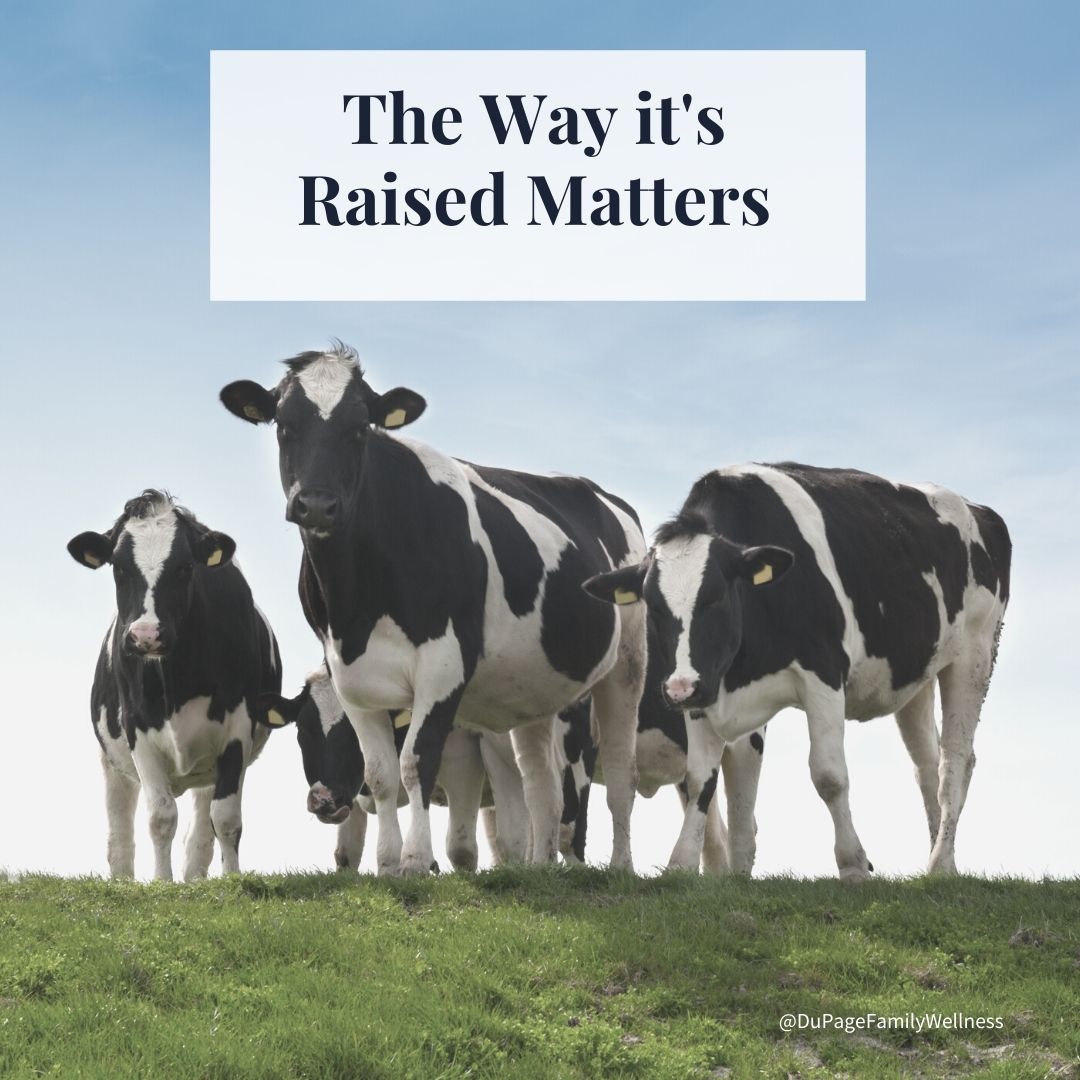 When it comes to our food, not all sources are created equal. Real food is something that was grown in the ground or was once alive. But even with real food, it is important to consider the quality.
When it comes to our food, not all sources are created equal. Real food is something that was grown in the ground or was once alive. But even with real food, it is important to consider the quality.
The quality of your food in great part depends on the environment in which it was raised. For plants it is important to find out if it was sprayed with a bunch of nasty chemicals. For animal products it is important to look at the health of the animal.
Let's take a look at what this means for you when selecting meats and dairy.
The Natural Environment
Years ago, our ancestors were hunters and gatherers. This means that the animals they ate were free to roam in their natural habitat. They got plenty of exercise and ate their natural diet. These factors created extremely healthy animals, which in turn became extremely healthy food.
As farming became more common, the animals were still kept in a natural environment. The cows were able to graze on grass, and had room to move about. These healthy cows also made healthy food.
But now, many of our livestock are kept in cramped quarters where they don’t get any exercise. They are not able to eat their natural diet. This results in unhealthy livestock that are often pumped full of antibiotics and hormones to fatten them up. As you can imagine these animals do not make healthy food for us.
Read more ...
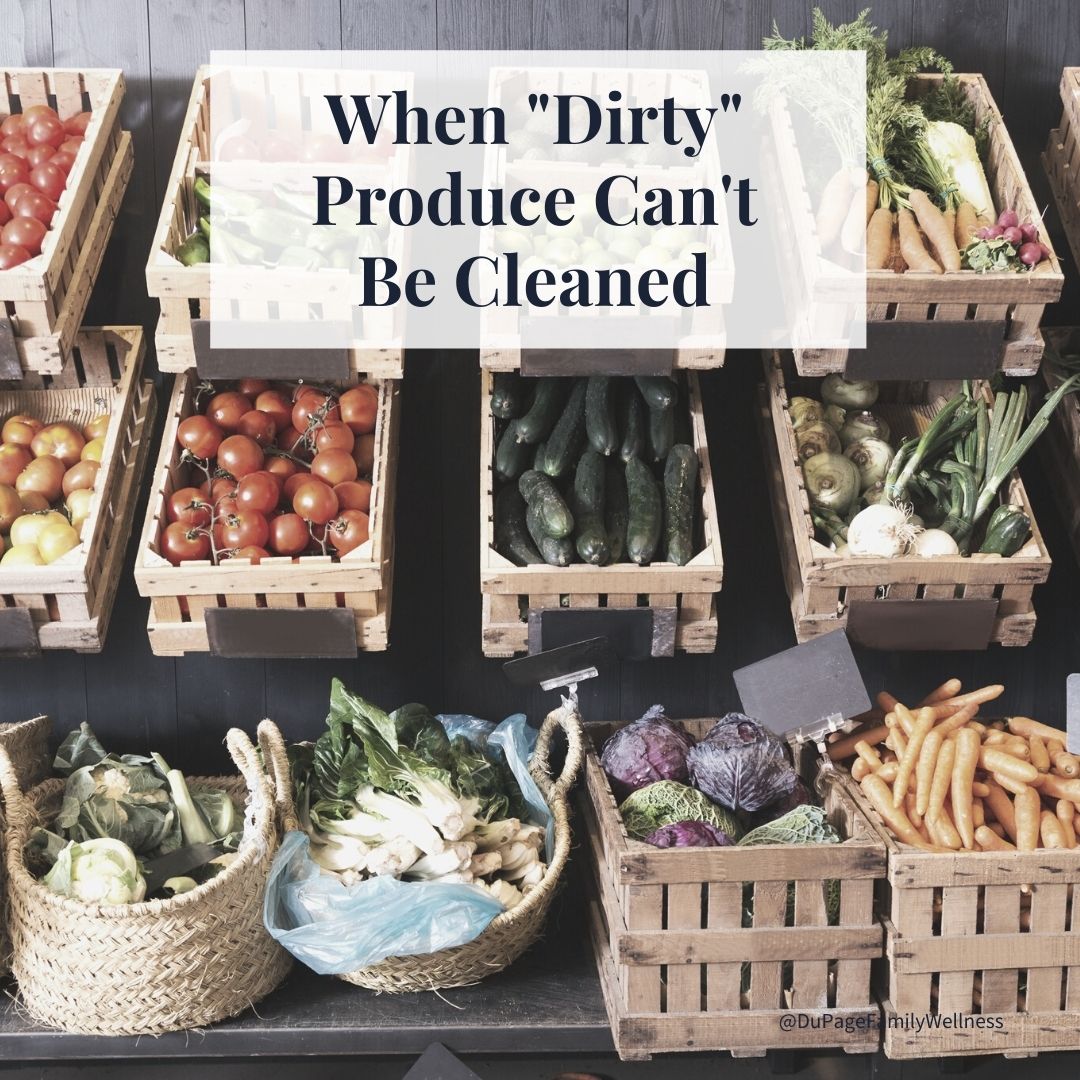 As we discussed last week, consuming conventional produce can expose you to toxins. Since toxins are stored in the fat, your body will create more fat as a buffer to these toxins. This is a brilliant way the body tries to protect us, but it can be very frustrating if you are trying to lose weight.
As we discussed last week, consuming conventional produce can expose you to toxins. Since toxins are stored in the fat, your body will create more fat as a buffer to these toxins. This is a brilliant way the body tries to protect us, but it can be very frustrating if you are trying to lose weight.
Ideally everyone would eat organic food all the time, but we know that isn’t always possible. Let’s take a look at the different quality of food, so you can decide what steps you want to take on your health journey.
Recommendations
When talking about fruits and vegetables, the best option is to buy organically grown produce from a local farmer. (Remember that these farms may not be certified organic.) Local farmer’s markets are great places to connect with farmers in the summer, but you can also buy through a Community Supported Agriculture (CSA) program.
When those options are not available, buying organic produce in the grocery store is your next best option.
Read more ...
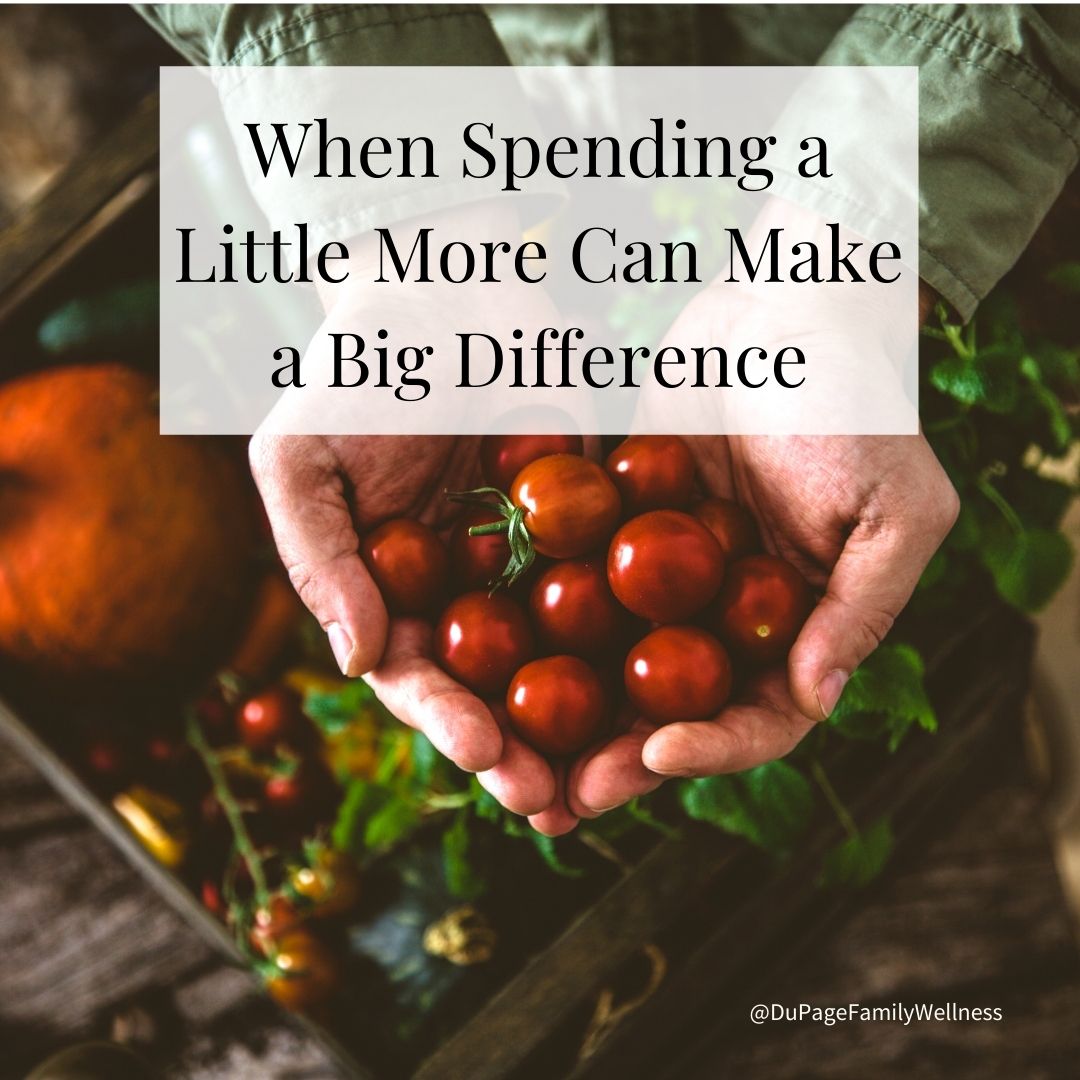 Have you ever asked yourself if the benefits of organic food is worth the cost? Are you trying to eat healthy and wonder if going organic may be your next step?
Have you ever asked yourself if the benefits of organic food is worth the cost? Are you trying to eat healthy and wonder if going organic may be your next step?
Many people believe that it is enough to stop eating processed foods, focusing instead on eating meat, vegetables, and fruit. But is that really enough? What happens in our bodies when we are exposed to the toxins in conventional food sources.
Let’s take a look into this issue so that you can decide if the cost is worth the benefit!
A New Perspective
A few years ago, I was at a nutrition seminar when I had a “lightbulb” moment. The doctor speaking was explaining that toxins are stored in fat cells. Since the body is designed to protect itself, it creates a buffer from these toxins in the form of more fat!
People usually think that you put on fat when you consume too many calories. In reality, fat accumulates when our hormones and blood sugar are out of balance. What we eat impacts our hormones, and our bodies intentionally contribute to hormonal changes in order to try to protect us.
Read more ...
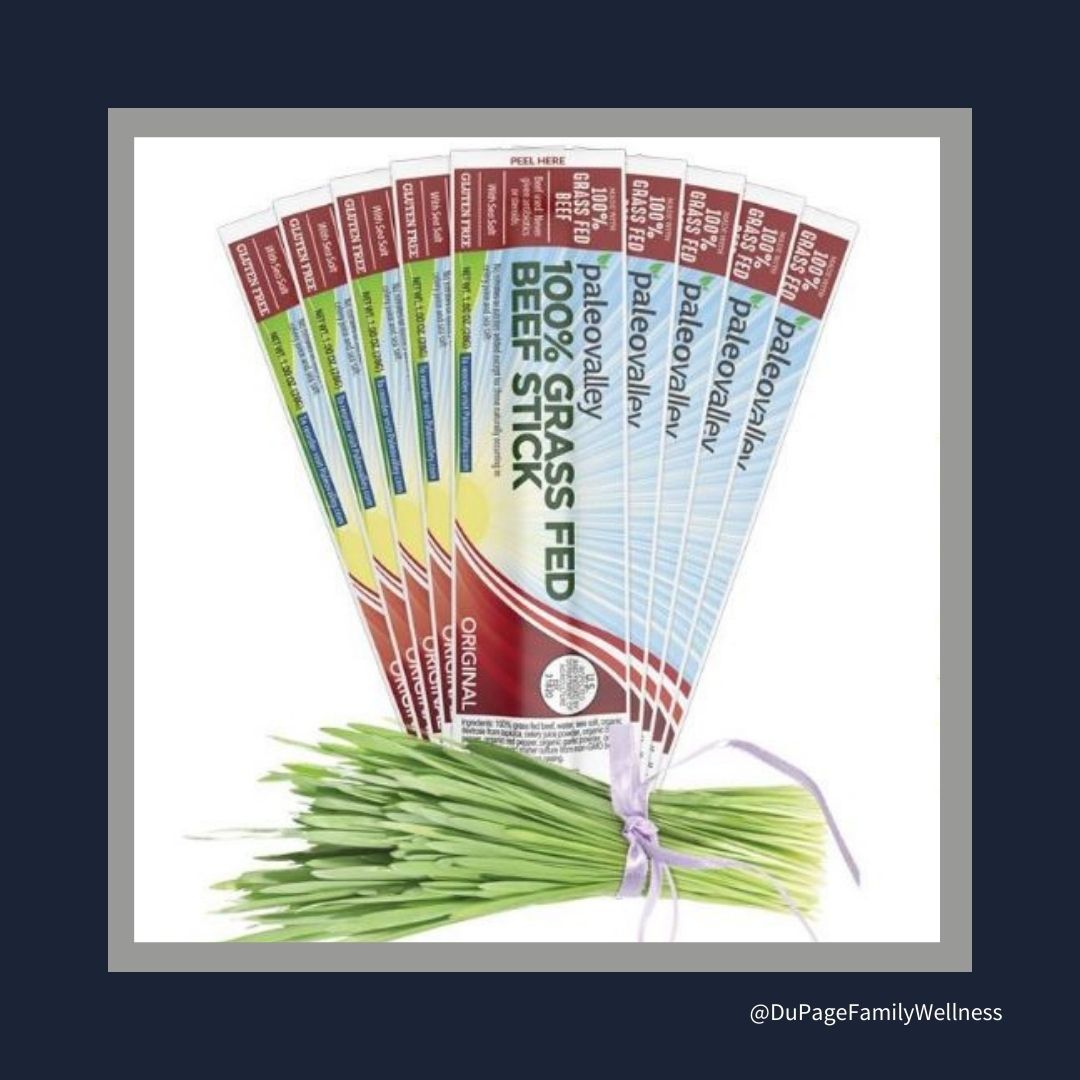
Are you struggling to find quick snacks when you are on the go? Do you find yourself grabbing fast food or other processed snacks because they are easily available. Eating clean can take a little extra planning, but if we really want to take care of our bodies it is worth the effort.
Even when we try, it can be hard to find a great snack that is healthy and can be eaten on the go. That's why I am excited to share with you Paleo Valley Beef Sticks. They are a great clean protein made from grass fed cows. Their are five different varieties for you to choose from.
I want you to find good clean snacks so much that I bought a bunch to have in the office. Just ask me for one when you come in for your next appointment, and I will let you have one. Once you try them, you can decide for yourself if they are something that would keep you full and eating clean.
If you decide to order some, use this link and we will both get a coupon for $20 off!
Dr. Jamie
P.S. I would love to hear about your favorite snacks!

My husband and I are doing something called Whole30. It involves eating only meat, vegetables, fruit, tree nuts, seeds, and healthy fats for thirty days. So, we will not have sugar, grains, legumes, dairy, alcohol, or processed foods during January. Jared and I think it will be a good reset for our system after the holidays and get us eating a lot more veggies.
One of the hardest things is finding healthy shelf-stable snacks to eat on the go. I'm so glad that I found Paleovalley to help us with this. They provide nutrient-dense snacks that taste great and are free from ingredients we do not want in our bodies. They are great for anyone who wants to eat healthy.
The Paleovalley Story
Paleovalley was born from necessity when experts could not resolve co-founder Dr. Autumn Smith's severe digestive issues. After suffering for a decade, she experienced the transformation that came with an ancestral diet, which cured her IBS and led her to a career in holistic nutrition.
Frustrated by the lack of genuinely healthy food products, Autumn, her husband, brother-in-law, and a close friend, founded Paleovalley. Their mission is to offer nutrient-dense products that can enhance health, made with integrity and free from harmful ingredients.
Products
Paleo Valley Beef Sticks include five different varieties of great clean protein made from grass-fed cows. My kids prefer the original and the garlic summer sausage, but I like all of the ones we have tried. You can also choose pasture-raised chicken sticks, grass-fed venison sticks, or pasture-raised pork sticks.
Paleovally also makes superfood bars, organic supergreens, grass-fed bone broth protein, grass-fed whey protein, electrolytes, superfood golden milk, organic coffee, olive oil, and spices.
You can see the details about their products at Paleovalley.com
If you want to hear more about our Whole30 journey, just ask me about it at your next appointment. And, if you have any quick snack ideas, please suggest them!
Dr. Jamie
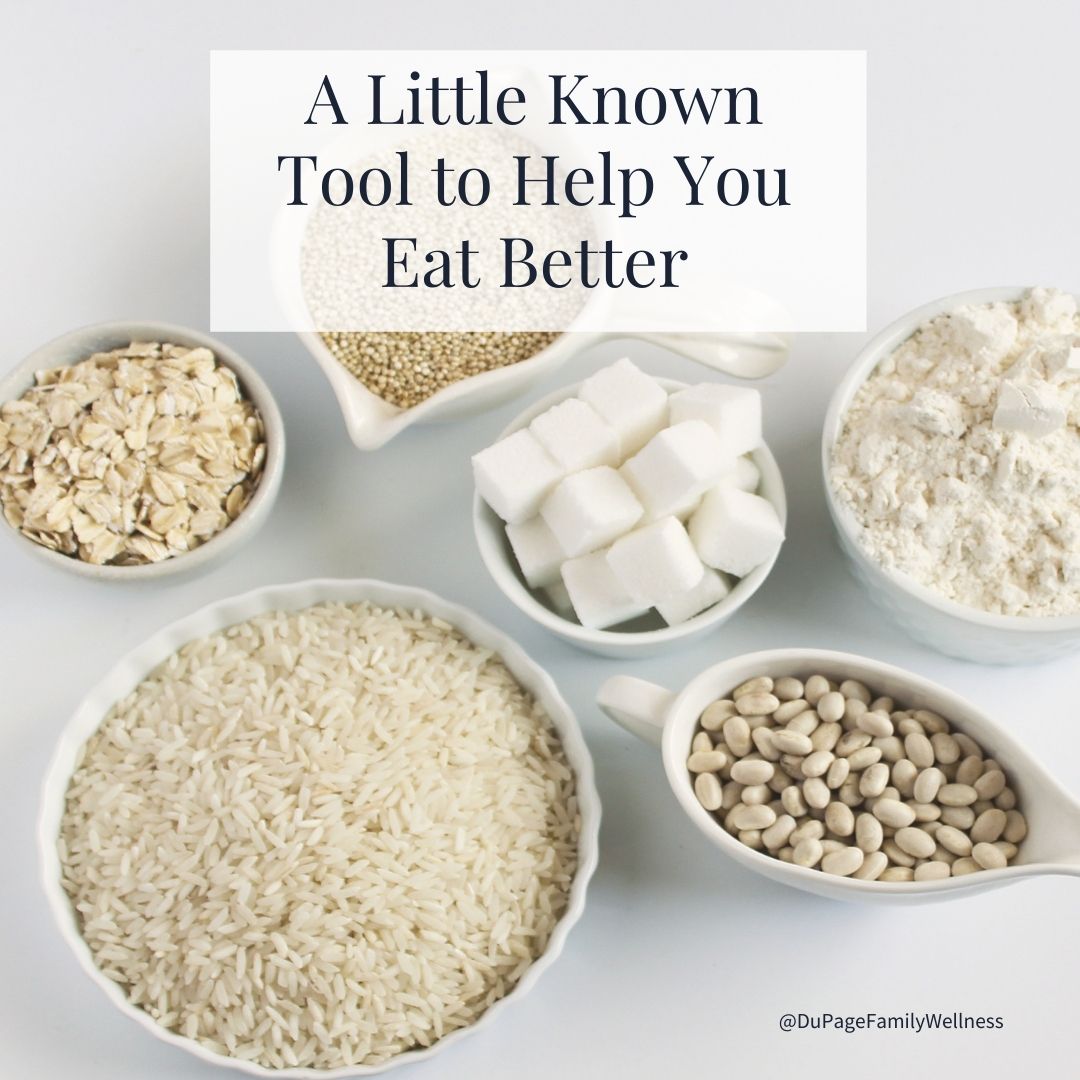 If you are trying to eat a healthy diet, you are probably aware that too much sugar spikes your blood glucose levels. This gives you a short boost of energy followed by a blood sugar crash that leaves you craving more sugary foods.
If you are trying to eat a healthy diet, you are probably aware that too much sugar spikes your blood glucose levels. This gives you a short boost of energy followed by a blood sugar crash that leaves you craving more sugary foods.
It can be very hard to eat healthy once you find yourself in this cycle. To help stabilize your blood sugar you may have tried to eat foods that have a low glycemic index. This makes sense because foods with a low glycemic index do not raise your blood sugar level as much as those with a higher rating.
But the glycemic index is not the best way to determine which foods are good for your body because it doesn’t give us a complete picture. Let’s take a look at a measure that is even more helpful for stabilizing your blood sugar and balancing your hormones than the glycemic index.
Insulin Index
Many people are familiar with the glycemic index, but very few have heard of the insulin index. While foods on the glycemic index have been categorized based on how fast they raise blood sugar, foods on the insulin index are categorized based on what these foods do to insulin levels.
Looking at insulin levels in the body is extremely important and can give us a fuller picture of what is going on within the body - but first we must understand what insulin is and how it works.
Insulin’s Role in the Body
Insulin is a fat-storage hormone that pushes sugar into the cells of the body to be used for energy. When we have excess insulin in our system for too long, we can become insulin resistant.
Insulin resistance causes us to need more insulin to handle the sugar in our blood. Unfortunately, the high levels of insulin cause your cells to be more resistant to insulin creating a vicious cycle.
Read more ...
 When it comes to our food, not all sources are created equal. Real food is something that was grown in the ground or was once alive. But even with real food, it is important to consider the quality.
When it comes to our food, not all sources are created equal. Real food is something that was grown in the ground or was once alive. But even with real food, it is important to consider the quality.

 As we discussed last week, consuming conventional produce can expose you to toxins. Since toxins are stored in the fat, your body will create more fat as a buffer to these toxins. This is a brilliant way the body tries to protect us, but it can be very frustrating if you are trying to lose weight.
As we discussed last week, consuming conventional produce can expose you to toxins. Since toxins are stored in the fat, your body will create more fat as a buffer to these toxins. This is a brilliant way the body tries to protect us, but it can be very frustrating if you are trying to lose weight. Have you ever asked yourself if the benefits of organic food is worth the cost? Are you trying to eat healthy and wonder if going organic may be your next step?
Have you ever asked yourself if the benefits of organic food is worth the cost? Are you trying to eat healthy and wonder if going organic may be your next step? 

 If you are trying to eat a healthy diet, you are probably aware that too much sugar spikes your blood glucose levels. This gives you a short boost of energy followed by a blood sugar crash that leaves you craving more sugary foods.
If you are trying to eat a healthy diet, you are probably aware that too much sugar spikes your blood glucose levels. This gives you a short boost of energy followed by a blood sugar crash that leaves you craving more sugary foods. 